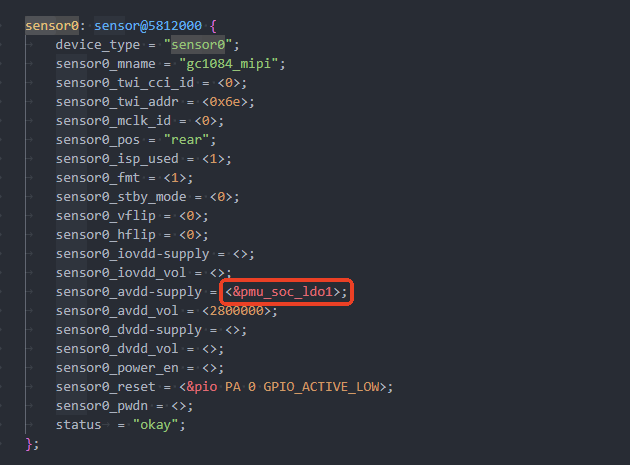@willok 发表一个回复就是LV2了
A
awwwwa 发布的最佳帖子
-
R128-S2 驱动 1024x600 RGB 显示屏 并运行 LVGL发布在 A Series
由于屏幕较大首先精简系统内存,关闭DSP核心,并将 RV 核心移到 HSPSRAM 上提高带宽。配置 LV_COLOR_DEPTH 16 提高帧率降低内存占用
patch 如下,增加了新方案r128-devkit-rgb:161ca91b-f759-4108-8bfc-85114394da0c-r128-devkit-rgb.tar.gz
编译打包即可
700ms启动 LVGL:
-
回复: 搭建开发环境,出现问了了,总是报fatal: cannot obtain manifest https://sdk.aw-ol.com/git_repo/V853Tina_Open/manifest.git发布在 V Series
- 执行命令设置全局保存密码
git config --global credential.helper store- 执行命令输入密码
git clone https://sdk.aw-ol.com/git_repo/V853Tina_Open/manifest.git- 使用repo拉取sdk
repo init -u https://sdk.aw-ol.com/git_repo/V853Tina_Open/manifest.git -b master -m tina-v853-open.xml由于repo更新,目前不支持通过repo输入密码,请先使用git命令输入保存密码
awwwwa 发布的最新帖子
-
回复: 打包工具小细节发布在 编译和烧写问题专区
有full_img和programmer_img 转换工具,具体参考《Linux_MMC_NOR离线烧录_开发指南.pdf》《Linux_SLCNAND_UBI离线烧录_开发指南.pdf》
-
回复: 开机后显示驱动加载流程疑问?发布在 T Series
@tivon uboot下的显示驱动会被调用初始化屏幕显示logo,内核驱动里获取到屏幕已经被初始化,则显示驱动不会被调用,以免出现再次初始化屏幕导致闪屏的问题,达到平滑显示logo



